What type of brake pads are used in commercial vehicles?
With the continuous development of the logistics industry in recent years, the production and sales volume of commercial vehicles has been steadily increasing. Users and manufacturers are placing increasingly higher demands on the safety performance of commercial vehicles. Commercial vehicles refer to automobiles designed and technically characterised for the transportation of passengers and goods. They encompass all cargo vehicles and passenger vehicles with nine or more seats, categorised into five types: passenger vehicles, cargo vehicles, semi-trailer trucks, incomplete passenger vehicles, and incomplete cargo vehicles. We typically categorise commercial vehicles into two main types: buses and trucks. As we all know, brake pads play a crucial role in vehicle safety. What type of brake pads are used in commercial vehicles? What are the requirements for thermal fade performance of commercial vehicle brake pads?
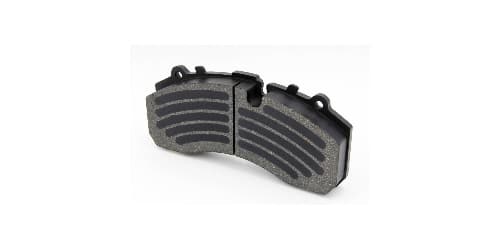
Currently, heavy-duty commercial vehicles are generally equipped with air-operated drum brakes. Compared to other brake structures, they offer advantages such as high braking torque, relatively simple structure, and lower cost. However, frequent braking causes the temperature of drum brakes to rise, leading to a significant decline in braking performance and the noticeable drawback of brake thermal fade. This phenomenon is particularly pronounced when vehicles are overloaded or driven at excessive speeds. Investigations have revealed that the majority of brake failure incidents in heavy-duty commercial vehicles are caused by thermal fade. Therefore, it is particularly important to investigate the impact of vehicle load, driving speed, and braking distance on brake thermal fade.
Brake thermal fade refers to the phenomenon where the brake system experiences a reduction in braking force due to high temperatures generated by intense friction between the brake discs and brake pads. Under high-temperature conditions, brake performance is significantly reduced. If the temperature exceeds the limit, brake failure may occur. If brake fade occurs, the inability to provide sufficient braking force will extend the braking distance, posing a safety risk. When brake fade occurs, it is advisable to shift to a lower gear and utilise engine braking. If the fade is severe, it is best to pull over immediately and allow the brake system to cool naturally before continuing.
According to standards, the appropriate operating temperature for brake friction pads is 100–350°C. However, many low-quality brake friction pads experience a sharp drop in friction coefficient when temperatures reach 250°C, leading to complete brake failure. To maintain sufficient strength, brake pads must be made from high-temperature-resistant resins, high-purity graphite, and high-purity barium sulphate. Selecting such materials is akin to choosing only uniformly sized coal blocks from a truckload of coal, resulting in significantly higher costs. Low-quality brake pads do not use such high-end materials, so they cannot guarantee stability at high temperatures. As speed increases, more heat is generated, temperatures rise further, and bond strength decreases, thereby reducing braking performance, resulting in longer braking distances. Therefore, brake pads that perform adequately at speeds of 20–60 km/h in urban areas do not necessarily exhibit the same stable braking distance performance at high speeds. When molecular chains lose their bonding strength at high temperatures, wear accelerates. This is why brake pads from general brands have a very short lifespan in mountainous areas or when frequent emergency braking is required.
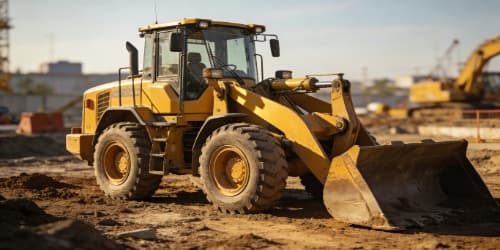 What consequences may arise from the deterioration of friction plates within a bulldozer's transmission?
What consequences may arise from the deterioration of friction plates within a bulldozer's transmission?
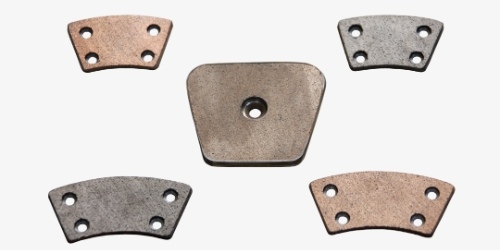 A Casual Discussion on Brake Pad Friction Materials
A Casual Discussion on Brake Pad Friction Materials
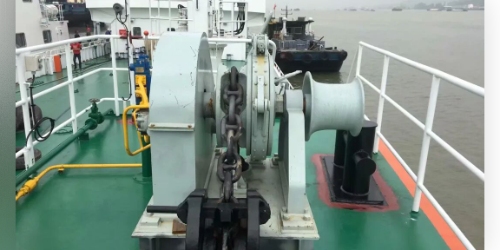 Prevent Downtime! Marine Anchor Brake Band: Fault Diagnosis, Repair & Proactive Maintenance Solutions
Prevent Downtime! Marine Anchor Brake Band: Fault Diagnosis, Repair & Proactive Maintenance Solutions
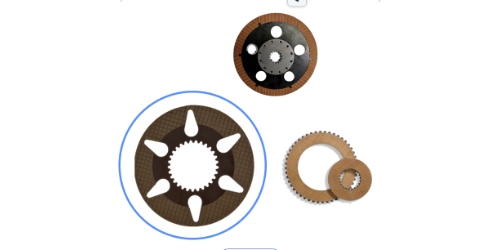 Key Technologies for Analyzing Agricultural Machinery Clutch Friction Plates
Key Technologies for Analyzing Agricultural Machinery Clutch Friction Plates

